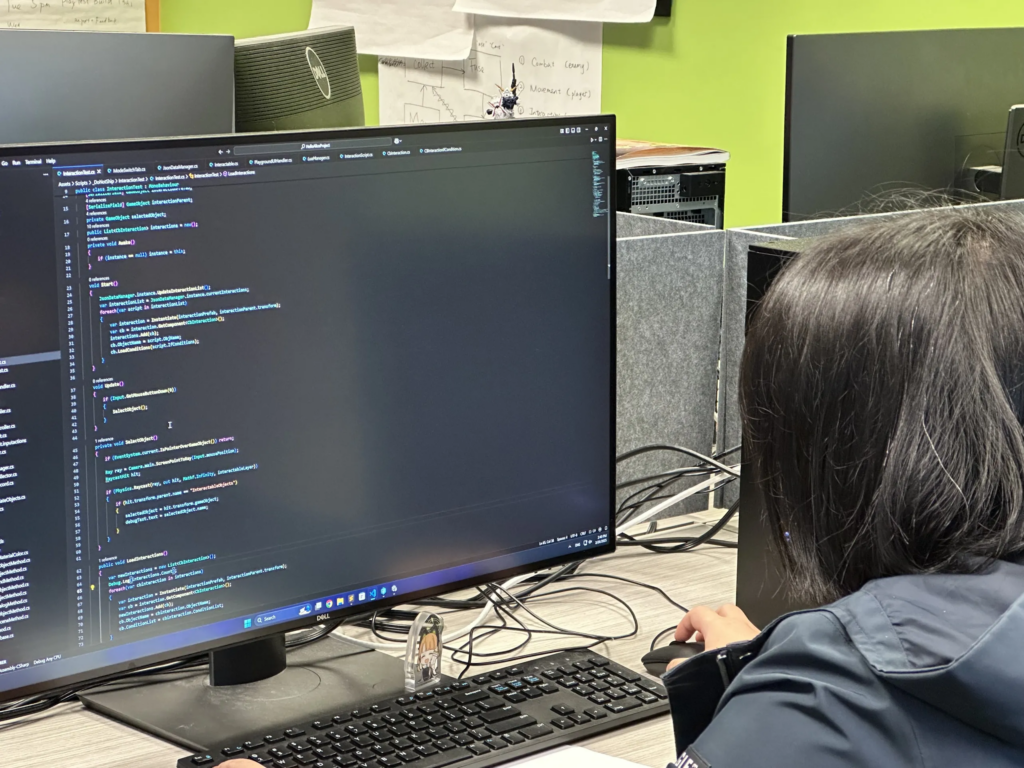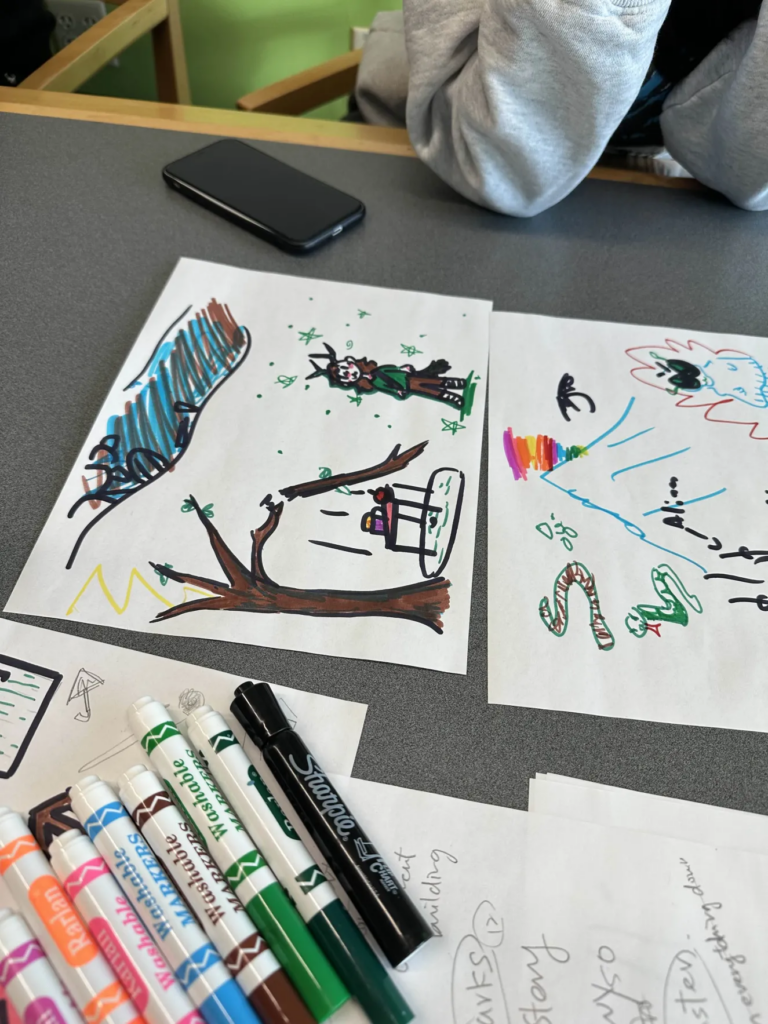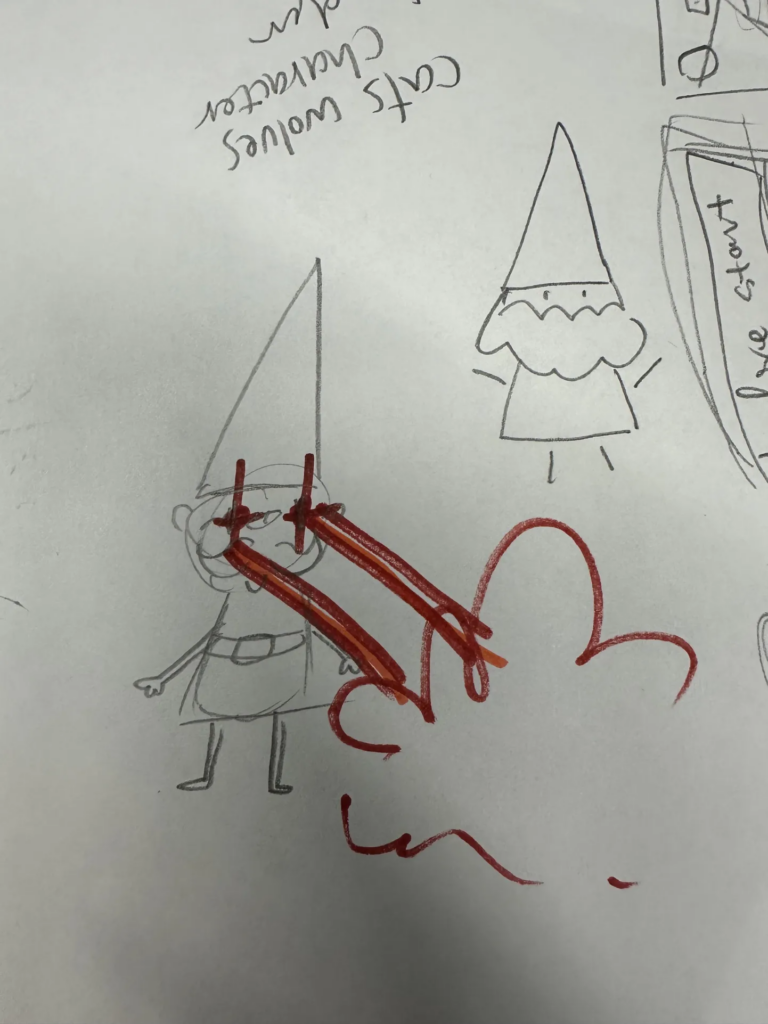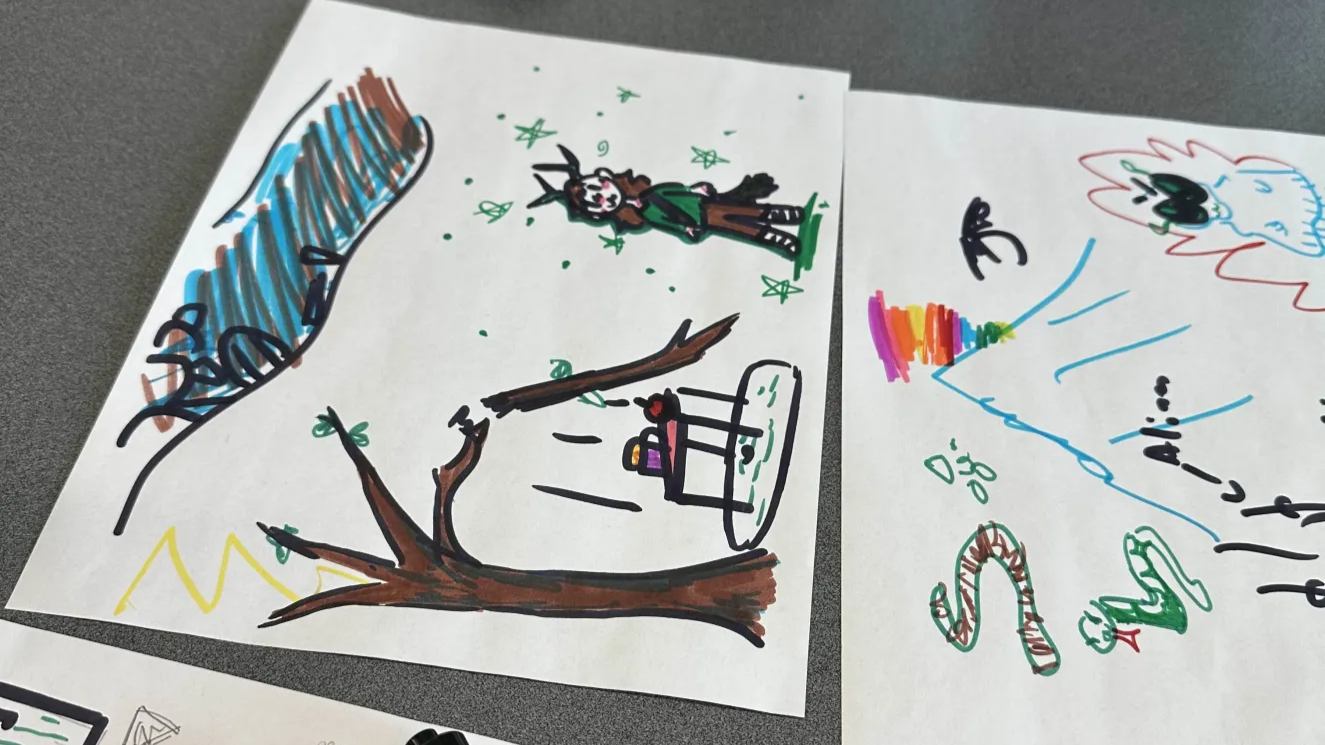The team had a good recharge during spring break, ready to move to the next step.
Halves Feedback
In Week 7, we delivered our Halves Presentation and received a mix of encouragement and constructive feedback. The live demo showcased our tool’s direction and flexibility, but it also raised important questions about clarity, system limitations, and accessibility. Faculties highlighted the need to better communicate what actions are supported, improve interface clarity—especially when switching modes—and consider how the voice-input system handles diverse accents or informal speech. We were also encouraged to more clearly connect our tool to its educational goals.
Following the presentation, we regrouped with our instructor Dave and client Melanie to refocus our direction. Dave emphasized developing story-driven use cases that act as unit tests for our tool. Rather than building custom content for every object, we aim to support meaningful actions broadly through strategic object and verb combinations. We are now working on 5–6 specific stories within limited scenes to demonstrate how the tool supports creativity in structured environments. Meanwhile, Melanie encouraged us to categorize our interactable objects by type and function—like keys that open, or apples that are eaten—to help users form clear expectations. These conversations are guiding our next steps as we prepare for classroom application and Playtest Day.

Playtest Insights
At the end of Week 7, we conducted a playtest with Hazel, a student in our target age group, using a sample forest scene. Without any prompting, Hazel jumped straight into story creation. She designed a unique character and an imaginative narrative that evolved scene by scene. Her story was full of surprising transitions and fantasy elements, including an underground tunnel and a magical tree, which highlighted the creative potential our tool can support.
This playtest gave us valuable insight into how intuitively young users might approach the tool and confirmed our direction to keep the experience flexible and exploratory. It also underscored the importance of guiding users without overly restricting them. Inspired by Hazel’s process, we are refining our asset scope, clarified object functions, and begun designing a “spell book” that will serve as a guide to help users craft prompts and understand available actions more clearly. These efforts are laying a strong foundation as we prepare for more formal testing in the coming weeks.


